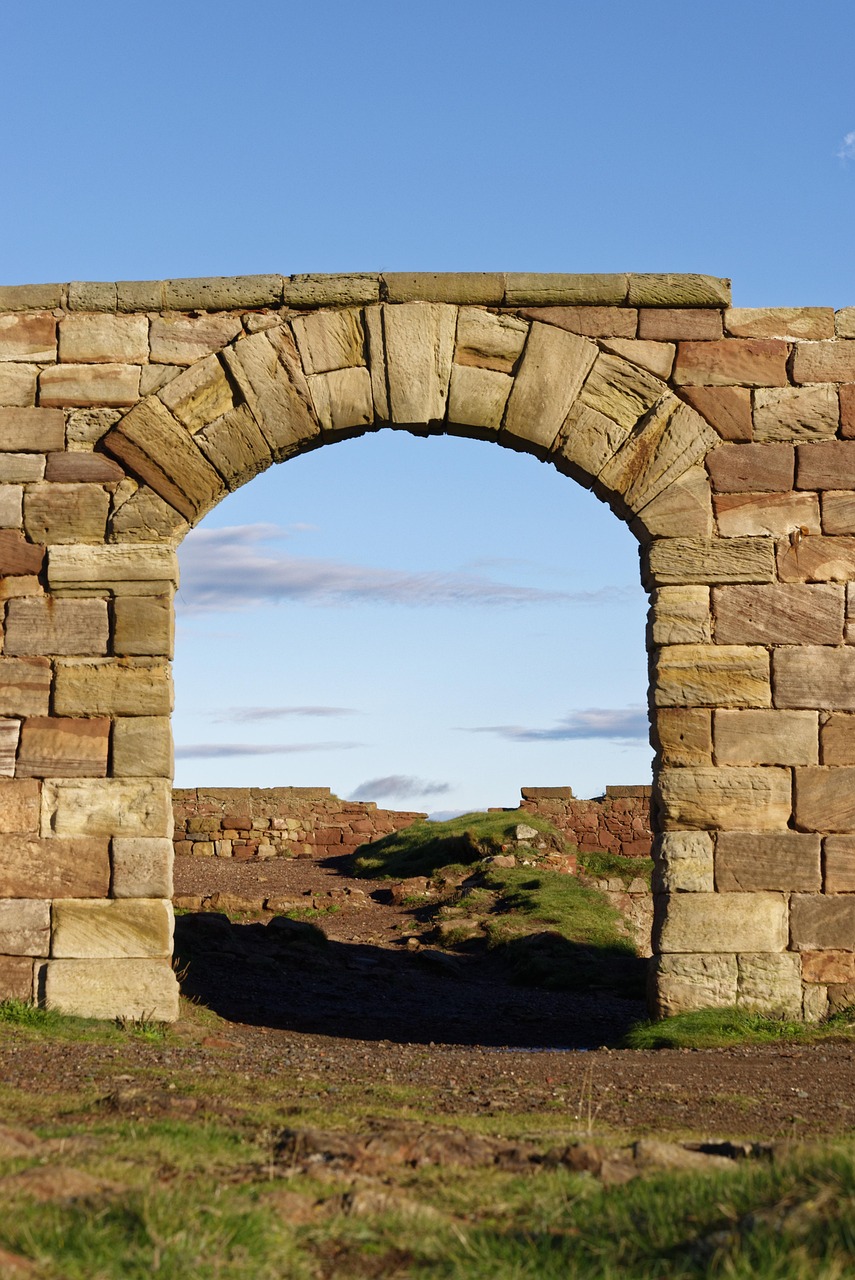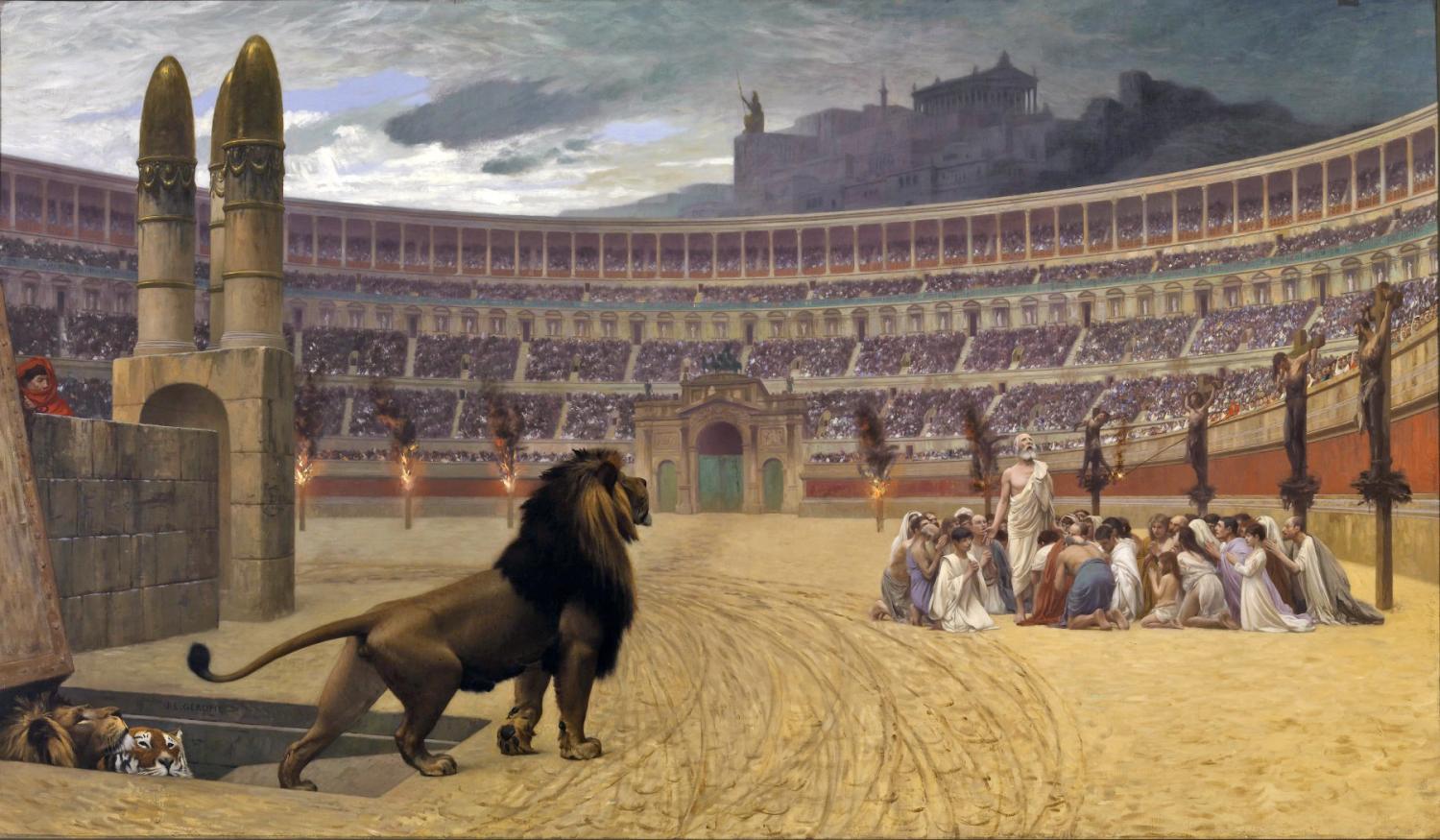Dr. Douglas Winnail: Roots of the Church
Author: David Markopoulos | Living Education
These summaries are written to give our audience an idea of the special forum messages our students have access to as part of the Living Education-Charlotte program.
In a recent forum delivered to this year’s Living Education students, evangelist Dr. Douglas Winnail, who serves as the Director of Church Administration, spent time relating the history of the Church of God through the ages. As a longtime minister who has been director of the ministry for around 20 years, Dr. Winnail presented a full and comprehensive view of the Church’s history, and emphasized how important it is that we understand what we are a part of.
The Church in the Wilderness
Some modern Christians may not realize that the heritage of the Church goes back long before the time of Christ. 1 Corinthians 10:3-4 states (referring to ancient Israel) that they “all ate the same spiritual food and all drank the same spiritual drink. For they drank of that spiritual Rock that followed them, and that Rock was Christ.” The ancient nation of Israel was the original Church of God, founded at Sinai.
Dr. Winnail pointed out that the laws God gave to His people were different than the nations around them—they laid the groundwork for a unique, godly culture. God’s law reflected what was important to Him—the value of human life, the importance and role of women, and principles of love, mercy, and justice, which were absent in most pagan cultures. These same principles and laws laid out in the Old Covenant were the groundwork for the New Covenant established by Christ. While the pagans around them practiced debauched rituals, the Israelites were meant to be different—and their Scriptures left laws and ideas that changed the world.
Jesus’ Teachings
Jesus stated in Matthew 16:18 that the gates of hell would not prevail against His Church—in other words, it would continue to exist in spite of challenges. The New Testament has preserved the fundamental doctrines of the early Church in detail, and as we attempt to trace the Church down through the ages, we are able to identify important characteristics. The New Testament calls it “the Church of God”—a consistent moniker. The Church believed in the coming Kingdom of God, the Messiahship of Jesus, Sabbathkeeping, the validity of the commandments, and other important doctrines. The Church also has the mission to preach the Gospel and to share a warning message to the Israelite nations.
What Happened to the Church?
We know from Jesus’ own words that the Church would continue to exist—so why does its history become so murky after the 1st century AD? As the Ephesian Era came to a close toward the end of the 1st century, heresy was beginning to creep in. With the death of the early apostles and the transition to the Smyrna Era, God allowed the Church to drift toward apostasy and experience persecution. The end of the Smyrna era saw the rise of the Catholic religion become the dominant religion of the Roman Empire under Constantine.
Throughout the Middle Ages, the false Catholic Church consistently persecuted the scattered remnants of the true Church, who kept hold of the truth. Across Europe and elsewhere, there are historic reports of Sabbathkeeping groups who were persecuted viciously—the Vaudois, Paulicians, Bogomils, Waldensians, and others. The eras of the Church laid out in Revelation can be traced to specific periods in recorded history.
The Church in America
As the Middle Ages came to a close, we find Sabbathkeepers were relatively prominent in Western Europe and Britain. Many of these individuals began to migrate to the United States, founding churches, schools, and communities. This was the time of the Sardis era, which in turn set the stage for the Philadelphian era to become so impactful. As Sabbathkeepers moved west in the United States, they brought with them important doctrines that were preserved down through history.
The Philadelphia Era
It was around this time that Mr. Herbert W. Armstrong came into contact with members in Oregon. Joining their fellowship, he would be ordained an elder. As time went on, Mr. Armstrong came to understand far more about the Bible that had not been completely preserved by the Church at the time. Recognizing the importance of Christ’s command to preach the Gospel to the world, Mr. Armstrong began to preach on the radio. This was the beginning of the Radio Church of God—later the Worldwide Church of God. As the Church grew substantially during this era, it was evident that Jesus Christ was blessing His Work. As the time of the Philadelphia Era came to a close after Mr. Armstrong’s death, God again allowed apostasy to creep in, leading to the Church becoming much smaller in scale. Today, the Church is continuing to do the Work to preach the Gospel and spread the message of the Kingdom of God.
Remember Why You Are Here
Dr. Winnail admonished the students to learn more about the history of the Church and to fully appreciate the heritage of what we are a part of. The Church has been preserved under Christ’s leadership down through history, and is continuing to do the Work today. Living Education is an important piece of that Work, and as the Church continues to grow, it is important that we take the time to understand where we have come from and why we are here.

David Markopoulos is a Living Education alumnus from the 2023-2025 school years. Originally hailing from Chicago, he currently works for the Living Education program.









